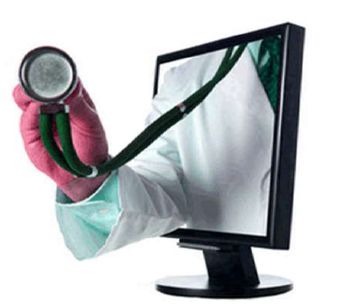Application of 5G is very much equivalent to accomplishment of dream. It is integrated with beyond the limit advance features in comparison to the previous technologies.

Advanced Features
In comparison to previous radio technologies, 5G has following advancement −
- Practically possible to avail the super speed i.e. 1 to 10 Gbps.
- Latency will be 1 millisecond (end-to-end round trip).
- 1,000x bandwidth per unit area.
- Feasibility to connect 10 to 100 number of devices.
- Worldwide coverage.
- About 90% reduction in network energy usage.
- Battery life will be much longer.
- Whole world will be in wi fi zone.
Comments
Post a Comment